Photo Gallery for Glyphodes pyloalis - Beautiful Glyphodes Moth | 58 photos are available. Only the most recent 30 are shown.
|
 | Recorded by: Ken Kneidel on 2023-08-21
Mecklenburg Co.
Comment: | 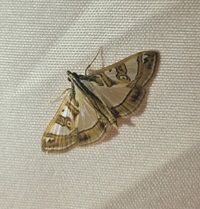 | Recorded by: Andrew W. Jones on 2023-08-15
Polk Co.
Comment: |
 | Recorded by: Simpson Eason on 2023-05-20
Durham Co.
Comment: | 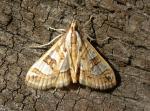 | Recorded by: R. Newman on 2022-09-24
Carteret Co.
Comment: |
 | Recorded by: R. Newman on 2022-09-02
Carteret Co.
Comment: Caterpillar feeding on Red Mulberry. | 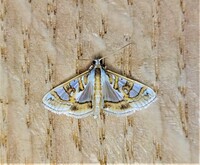 | Recorded by: Gary Maness on 2022-07-01
Guilford Co.
Comment: |
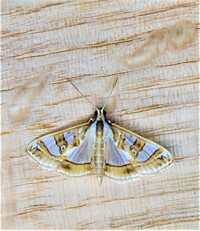 | Recorded by: Gary Maness on 2022-06-21
Guilford Co.
Comment: | 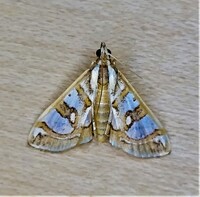 | Recorded by: Gary Maness on 2022-06-11
Guilford Co.
Comment: |
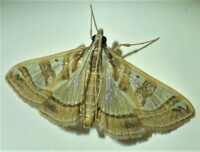 | Recorded by: Dean Furbish on 2022-06-09
Wake Co.
Comment: |  | Recorded by: Gary Maness on 2022-05-21
Guilford Co.
Comment: |
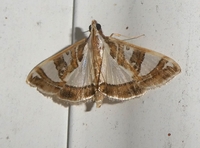 | Recorded by: Simpson Eason on 2022-05-18
Durham Co.
Comment: | 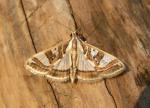 | Recorded by: R. Newman on 2022-04-21
Carteret Co.
Comment: |
 | Recorded by: R. Newman on 2022-04-02
Carteret Co.
Comment: | 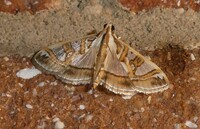 | Recorded by: Simpson Eason on 2021-09-25
Durham Co.
Comment: |
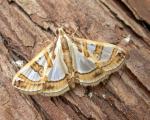 | Recorded by: R. Newman on 2021-09-15
Carteret Co.
Comment: | 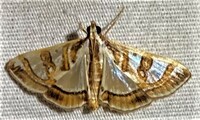 | Recorded by: Dean Furbish on 2021-08-25
Wake Co.
Comment: |
 | Recorded by: Lior Carlson on 2021-08-21
Orange Co.
Comment: |  | Recorded by: David George on 2021-08-21
Orange Co.
Comment: |
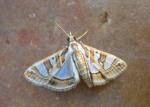 | Recorded by: R. Newman on 2021-08-18
Carteret Co.
Comment: | 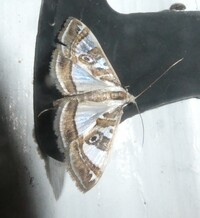 | Recorded by: Simpson Eason on 2021-05-24
Durham Co.
Comment: |
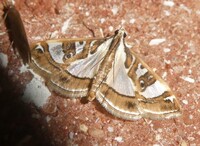 | Recorded by: Simpson Eason on 2021-05-21
Durham Co.
Comment: | 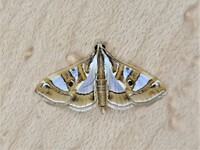 | Recorded by: Gary Maness on 2021-05-21
Guilford Co.
Comment: |
 | Recorded by: Gary Maness on 2021-05-02
Guilford Co.
Comment: |  | Recorded by: R. Newman on 2021-04-30
Carteret Co.
Comment: |
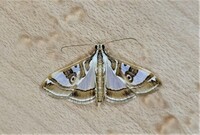 | Recorded by: Gary Maness on 2021-04-29
Guilford Co.
Comment: | 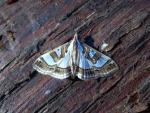 | Recorded by: R. Newman on 2021-04-26
Carteret Co.
Comment: |
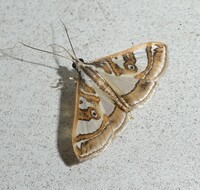 | Recorded by: Simpson Eason on 2020-09-27
Durham Co.
Comment: |  | Recorded by: Simpson Eason on 2020-09-18
Durham Co.
Comment: |
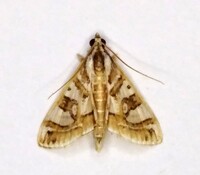 | Recorded by: Gary Maness on 2020-09-12
Guilford Co.
Comment: | 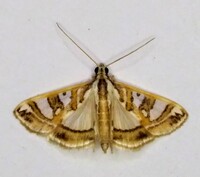 | Recorded by: Gary Maness on 2020-09-02
Guilford Co.
Comment: |
|